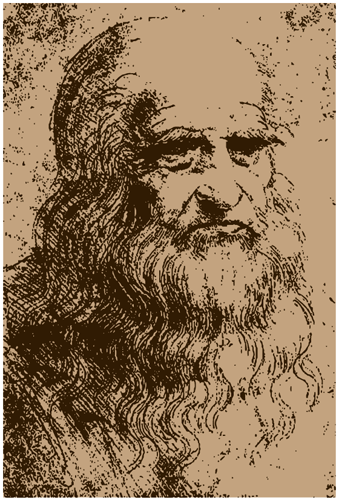
Rolling Mill History
Hot and cold metalworking between two or more rolls has been in existence since long before the industrial revolution. As a matter of fact, Leonardo da Vinci was credited for the metalworking mill prior to his death in 1519.
When most people think of a rolling mill, they visualize sizable machinery in ferrous (iron, carbon steel and stainless steels) and non-ferrous (copper, brass, lead, etc.) integrated or electric arc furnace (EAF) steel mill of today, to small manually cranked rolling devices used at jewelers to reduce the thickness of the precious metal or impart a pattern on the surface of the metal to be fabricated into a chain or ring.
Rolling mills have many functions. They can be used to reduce the thickness of material quite accurately (+/-.0001”) or compress the material to create a uniform density throughout the strip or impart a surface finish on one or both sides of the material, just to name the most common methods.
Rolling mills are not a standard machine tool, nor are they built for stock. They are designed and built-to-order to specifically accomplish an end product or process.
At one point during the industrial revolution in America, the United States led the world in hot and cold rolling, plate mills, slabbing mills and blooming mills. Companies such as Mesta, United, Blaw-Knox, Lewis, Continental, and Bliss were attributed to building some of the largest rolling mills in the world before World War II. In fact, Mesta and United pioneered the rolling process to reduce very thick as cast slabs into plate, the plate into hot rolled coils and the hot rolled coil into cold rolled coil.
Many of these old mills are still running today as a result of upgraded electrical and hydraulic systems, including hydraulic screwdowns, hydraulic roll bend, and tension control.






